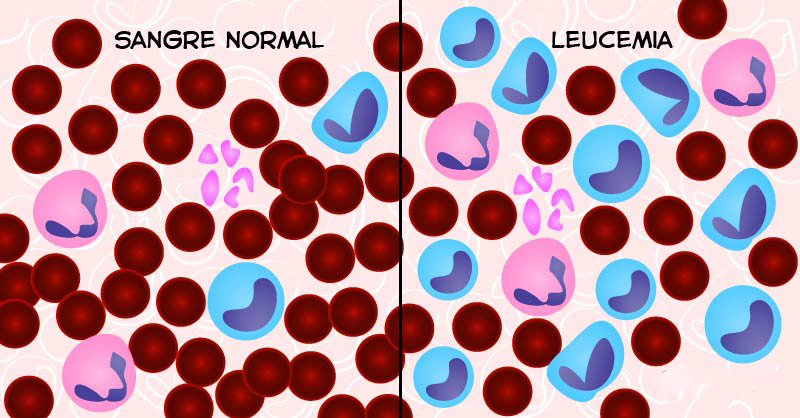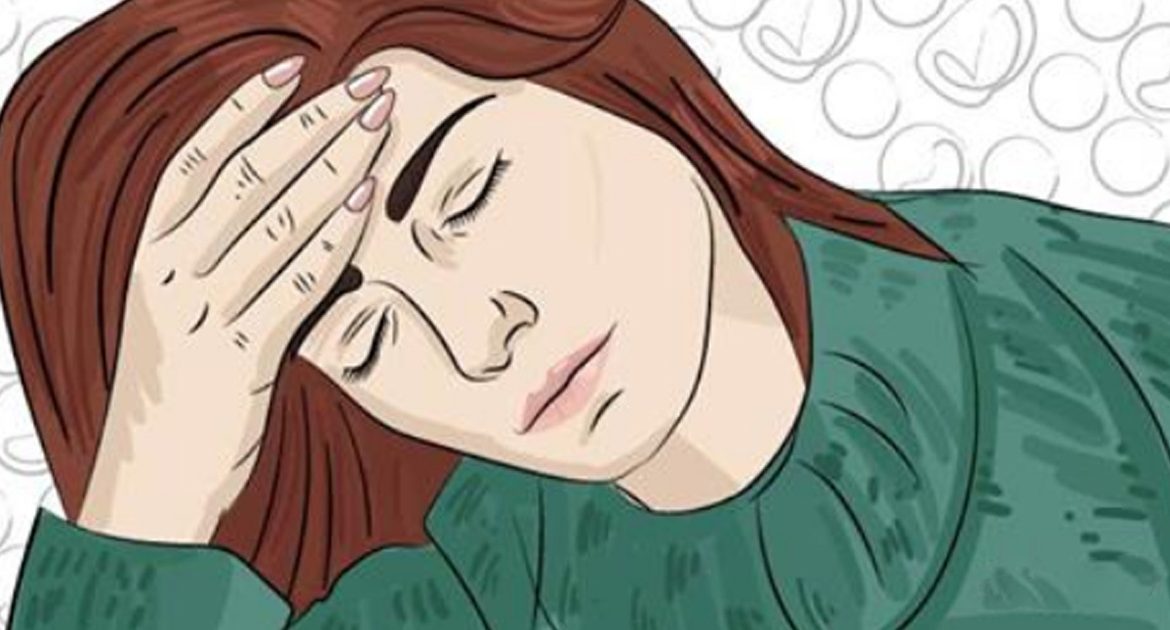Leukemia is a disease, which can occur at any time in a person’s life. However, it tends to be more common between the ages of 50–70. It’s a type of cancer, in which the production of new red blood cells and platelets is compromised. This occurs because the bone marrow, the main producer of these cells, is affected by the spread of malignant or cancerous cells.
This disease can manifest in several different ways. As such, its symptoms may vary. What is certain however, is that if it isn’t discovered in time and correctly treated, it can be deadly. This is because the number of red blood cells reduces drastically that are key to sustaining and providing oxygen to the entire body.
These are 5 possible symptoms that shouldn’t be ignored. If you do notice them, it’s important to consult a specialist as soon as possible:
1. Pale skin
When leukemia is present, it prevents the development of enough healthy red blood cells. As a result, it’s possible to develop anemia, which can lead to unusually pale skin on the whole body.
2. Chronic fatigue
Like most serious illnesses, leukemia causes a decline in energy levels. Feeling extremely tired for no apparent reason is a typical warning sign your body is sending.
3. Infection or fever

While it’s normal to get sick from time to time, leukemia leads to a considerable increase in infections or fever because of the severely weakened immune system. It’s important to take note of any increase in frequency of colds, fevers, or infections of any kind.
4. Difficulty breathing
If during physical activity you find it harder to breathe than you did on previous occasions, or you are constantly out of breath after physical exercise, you need to see a doctor to perform the necessary tests.
5. Longer time to heal
Leukemia can result in small cuts or wounds taking a very long time to heal. It can also make the skin highly sensitive to bruise easily.

If you notice one or more of the above symptoms, it’s important not to panic and see a doctor as soon as possible. The diagnosis starts by taking blood tests, the results of which will give the doctor an idea of the platelets and your red and white blood cell count. If the test results are worrying, the doctor will typically refer the patient to a blood or cancer specialist for a more precise diagnosis.
And although this disease is very difficult, science becomes more and more advanced, and many people are able to overcome leukemia. It’s important to always look after ourselves!






